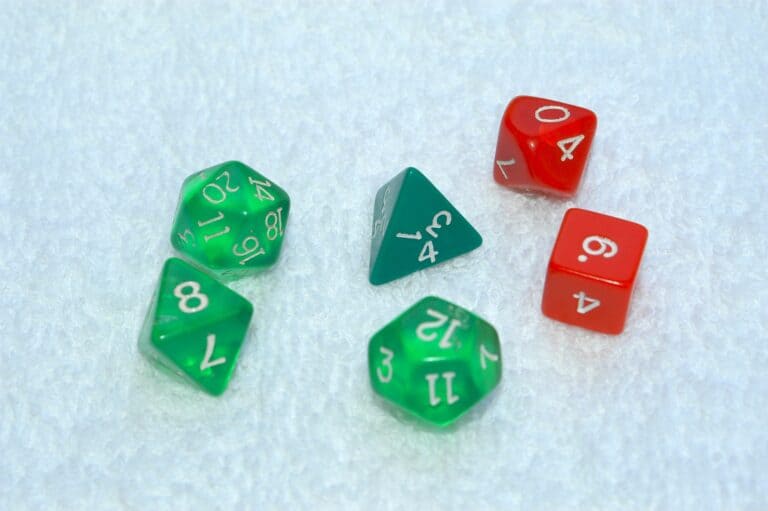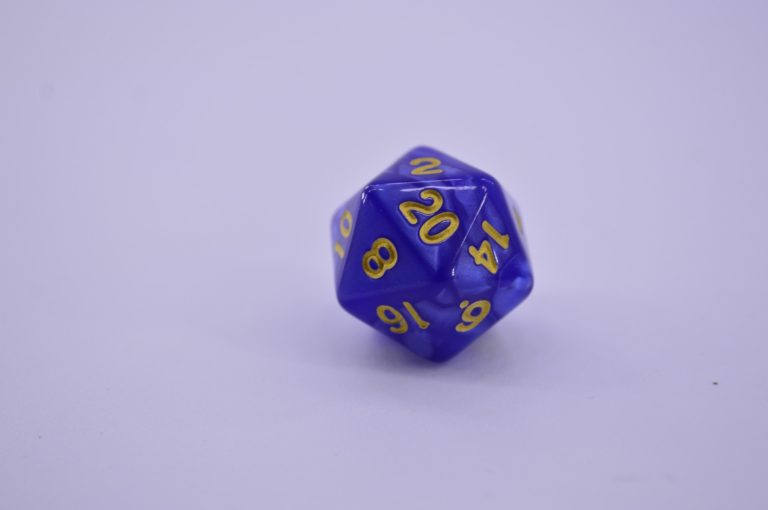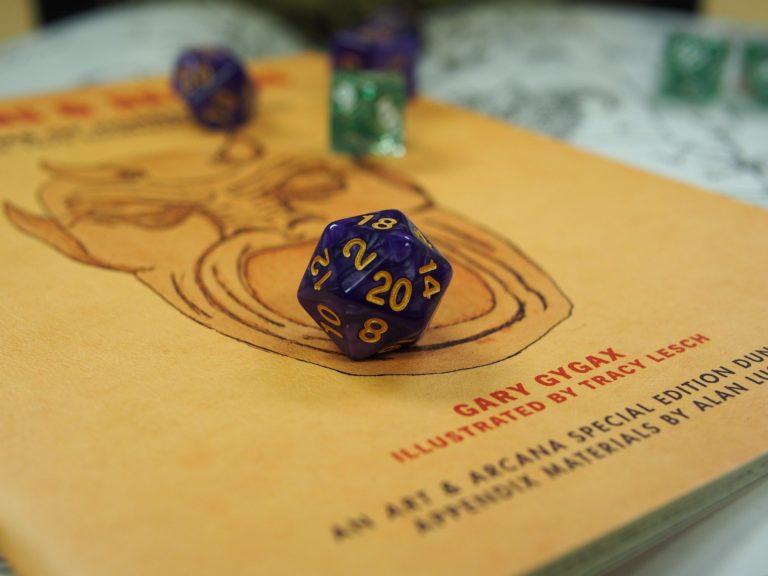Finesse Weapon 5E: How Do They Work?
In Dungeons and Dragons, a finesse weapon is one that allows you to use either your strength or dexterity score when determining if your attack hits. The score you select is also used when calculating your damage. This is different from the vast majority of weapons in D&D 5E, which rely on either strength or dexterity. Learn more about how to get the most from these weapons in our Finesse Weapon 5E Guide.

Table of Contents
What Are Finesse Weapons in 5E?

Let’s face it: melee weapons are biased toward Strength-based characters. The vast majority of melee weapons – and some ranged weapons – exclusively rely on strength to provide to-hit and damage bonuses. So what’s a Dexterity-based character supposed to do when they find themselves surrounded? Finesse weapons to the rescue! A finesse weapon allows your character to choose either Strength or Dexterity when determining the bonus for the weapon. Let’s take a look at the definition of finesse weapons in the Basic Rules.
These rules are pretty straightforward. If your character is Strength-based, you case use that ability for these weapons just like any other melee weapons. The real benefit of finesse weapons is for Dexterity-based characters like rogues. A solid rogue build is going to be making a lot of melee attacks, so shortswords and daggers having the finesse attribute is a blessing.
Most Dexterity builds, like or Dexterity Barbarian, has far more points in Dexterity than Strength. Using a weapon with the finesse property could result in a significant different in both the chances of a successful attack and the damage dealt. Consider the following example. A character with a +3 bonus to Dexterity and a +1 bonus to strength are considering a rapier and a longsword. Both weapons deal 1d8 bonus as a baseline. But will the perform the same in the hands of this character? No. Because of the higher Dexterity score, the rapier will get +5 to hit and deal d8 +3 damage. This is a big difference from the +3 to hit and D8 + 1 damage from the longsword.
Weapons With the Finesse Property
There are only a handful of weapons that have the finesse property. We cover all of them below.
Simple Finesse Weapons
| Weapon | Melee or Ranged |
| Dagger (1d4 piercing) | Melee and Ranged |
| Dart (1d4 piercing) | Ranged |
There are only two simple weapons with the finesse property in the Basic Rules. The dagger is a standard weapon that is part of the starting equipment of a number of classes. It can be used in melee or thrown. Darts, which are ranged weapons, also have the finesse property.
Martial Finesse Weapons
| Weapon | Melee or ranged |
| Rapier (1d8 piercing) | Melee |
| Scimitar (1d6 slashing) | Melee |
| Shortsword (1d6 piercing) | Melee |
| Whip (1d4 slashing) | Melee |
There are four martial weapons with the finesse property, and none of them are ranged. These melee weapons are all similar, dealing a mixture of piercing and slashing damage. For most people, the rapier is the ultimate finesse weapon as it is the only weapon with the finesse property that deals 1d8 damage. The only trade-off is that it is the only finesse weapon that lacks the light property.
Finesse Weapon 5E FAQ
Get all the answers to your questions about the finesse property.
Are Finesse Weapons Dex or Str?
Finesse weapons can use either dexterity or strength when calculating attack and damage rolls. That is what sets these weapons apart from standard melee weapons! This weapon property gives Dexterity-based builds the chance to deal much greater damage in melee.
Is a Quarterstaff a Finesse Weapon?
No, a quarterstaff is not a finesse weapon. This is a common misconception, given that many characters with low strength will rely on the quarterstaff in melee. This has more to do with weapon proficiencies than efficient melee builds, however. While a quarterstaff does not have the finesse property, it does have the versatile property. Versatile weapons can deal more damage if you hold them with two hands instead of one.
Are There Any Versatile Finesse Weapons in 5E?
No, there are no versatile finesse weapons in 5E, at least in the basic rules. Each weapon that has one of the properties does not have the other.
Is There a Finesse Polearm?
There are no polearms in 5E that have the finesse property. Going by the Polearm Master feat, a polearm is either a glaive, halberd, quarterstaff, or spear. Each of these weapons lacks the finesse property, meaning that they are locked in to strength when it comes to attack and damage modifiers.
Do Finesse Weapons add Dex to Damage?
Weapons with the finesse property can add your Dexterity modifier to damage if you choose. You have the option to select between your Strength and Dexterity modifiers. That means a Strength-based character can rely on their Strength modifier just like with any other melee weapon.
Can You Dual Wield Rapiers in 5E?
Typically, you cannot dual wield rapiers. The finesse property has nothing to do with dual wielding. Because the rapier lacks the light property, you cannot make an offhand attack with a rapier, even if you have one in each hand. the only exception to this rule is if you have taken the Dual Wielder feat.
Does a Spear Use Dex in DND?
Given the nature of the weapon, you might assume spears could use your Dexterity modifier in 5E. That is not the case. A spear is a simple weapon with Thrown and Versatile properties. That means you can use it as a ranged weapon or deal additional damage by wielding it with two hands, but must use your strength modifier when doing so.
Concluding our Finesse Weapons Guide
That’s it for our breakdown of finesse weapons in 5E. For dexterity-based characters, finesse weapons are a lifesaver. This is especially true for Dexterity characters like rogues who primarily rely on melee attacks to deal damage. There is no downside to using finesse weapons for any character that has a Dexterity bonus that is higher than their Strength bonus. Finesse weapons are important for a number of classes including the Monk, which you can learn about with our Monk 5E Guide. Any thoughts on these weapons? If so, let us hear them in the comment section below!






